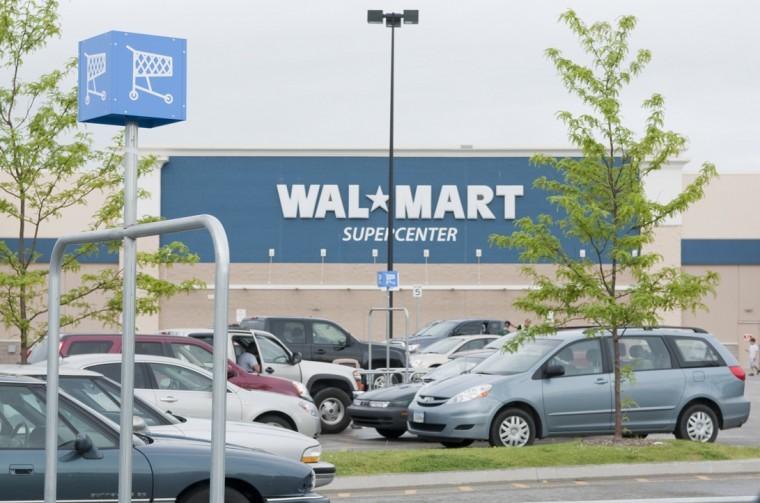Wal-Mart article
June 18, 2012
When Kenneth Stone started his research, his colleagues thought it was humorous that he wanted to study Wal-Mart. But now he says he feels vindicated, “I would say that most every university in the country has got someone doing something like it. I get emails from students and other professors…not just from the United States, but from around the world actually.”
Stone, an emeritus professor of economics at Iowa State, and his colleague, Georgeanne Artz, a visiting assistant professor, have just released an update to his 1988 paper on the economic effects of Wal-Mart in small town Iowa. As you might expect they found that a Wal-Mart will take money away from local retail stores. What they also found was that a Wal-Mart can help boost sales of other types of businesses. For example, restaurants, since people tend to stop for food after they shop. Overall they found towns that have a Wal-Mart have better total retail sales than towns that don’t. A lot of that monetary benefit though goes right back into Wal-Mart’s pocket.
Not content to just talk numbers, Stone took his role as an extension of the university seriously. “Once we had identified the impacts, the business people wanted to know what they could do about it, so I developed a set of actions that could help them compete.” He says nobody wanted to stand up for the little guy. He saw instances of Wal-Mart doing price checks against their new host towns– it was common that if a local store sold something at $4.00, Wal-Mart would retail if for $3.96. So he speaks to the local business and stresses that providing a better customer experience and better quality products are what keep small business afloat.
Stone began his formal study of Wal-Mart around 1988, but retired in 2004. Artz joined up in 1999 while working on her Ph.D. here at the university. The two work together to try and decipher the mass amount data they receive from the state. They work hard too. When asked if they have any research assistants to help crunch numbers or enter data for them Artz joked, “I am the assistants.”
The study took sales per capita and tax information provided by the state of Iowa and looked at the economies of towns in Iowa with populations between 2,500 and 20,000 people. They compared towns that did and did not have Wal-Marts. This most recent study also took into account the 15 years preceding the entry of Wal-Mart to the town. They found that often Wal-Mart decided to open stores in towns that were already economically in decline, at least for retail sales. Once the store opened, the town saw a boom in sales. The money came from their own town as well as people coming in from neighboring towns.
After a number of years the novelty seems to wear off and sales begin to decline. They found that sales will generally stabilize at a certain point. Some of that has to do with people finding other places to shop like malls or other big retailers like Target or K-Mart. But also other Wal-Marts; Iowa became so saturated with stores that they were losing money to each other.
This is not just an issue here in Iowa. The pair has done studies in Mississippi, California, and Maine. They’ve even witnessed the effect in foreign countries. Stone wrote a book, “Competing With the Retail Giants: How to Survive in the New Retail Landscape” that has been translated into both Chinese and Japanese. While Wal-Mart has not fared well in Japan, many small towns in China are facing similar issues as those in Iowa. Stone has since been invited to speak overseas as a leading expert of the effect of retail giants and small town retail.
From the effects on rural Iowa up to the world at large Stone and Artz have gone from a bit of an oddity to be known as some of the leading experts on Wal-Mart. Now nearly everyone has their own anecdotes of how Wal-Mart has affected their local town.







